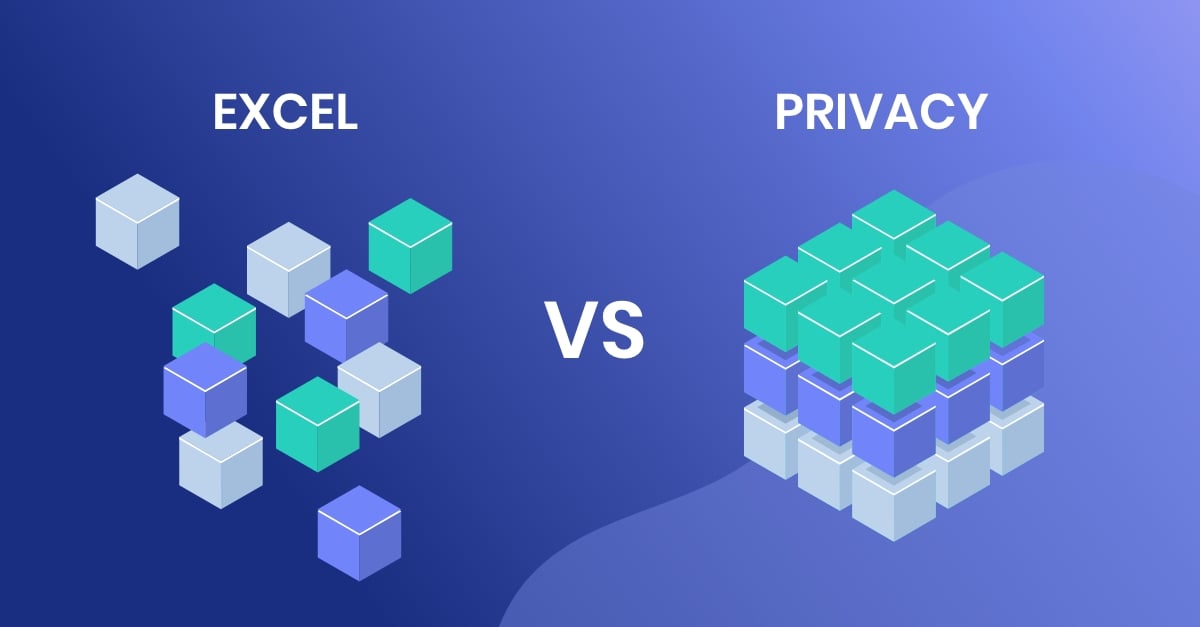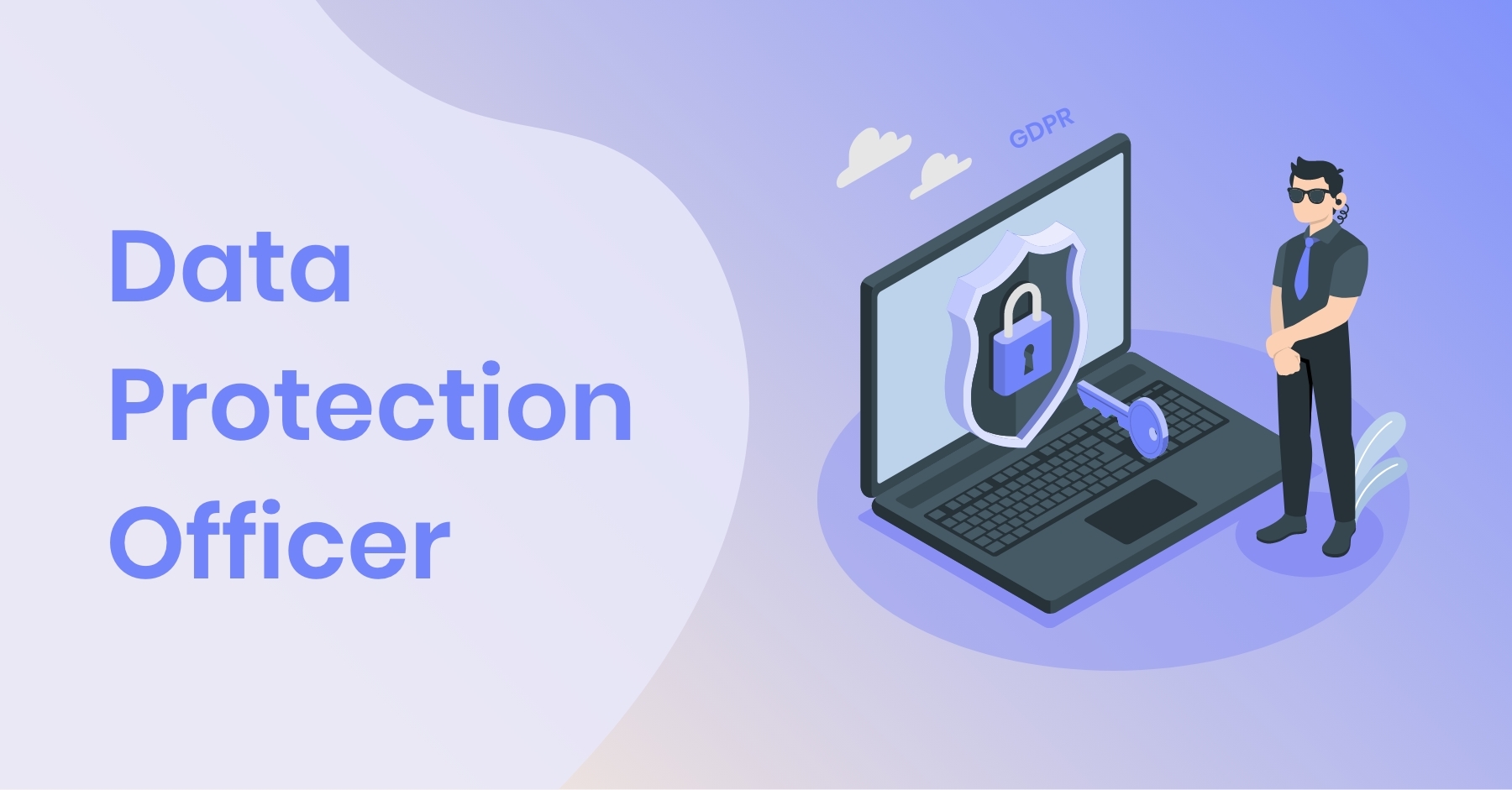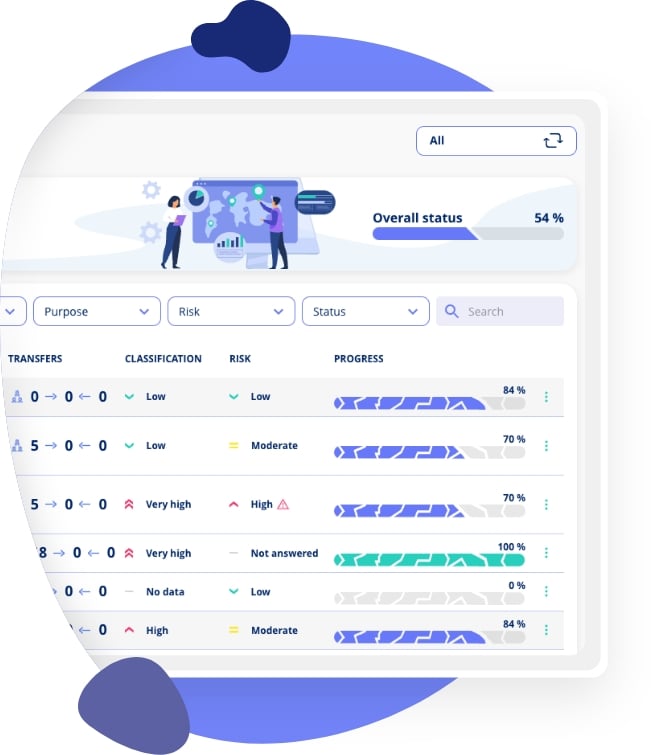GDPR Compliance in Cloud Services
GDPR Compliance in Cloud Services like Google Drive, iCloud or Microsoft OneDrive.
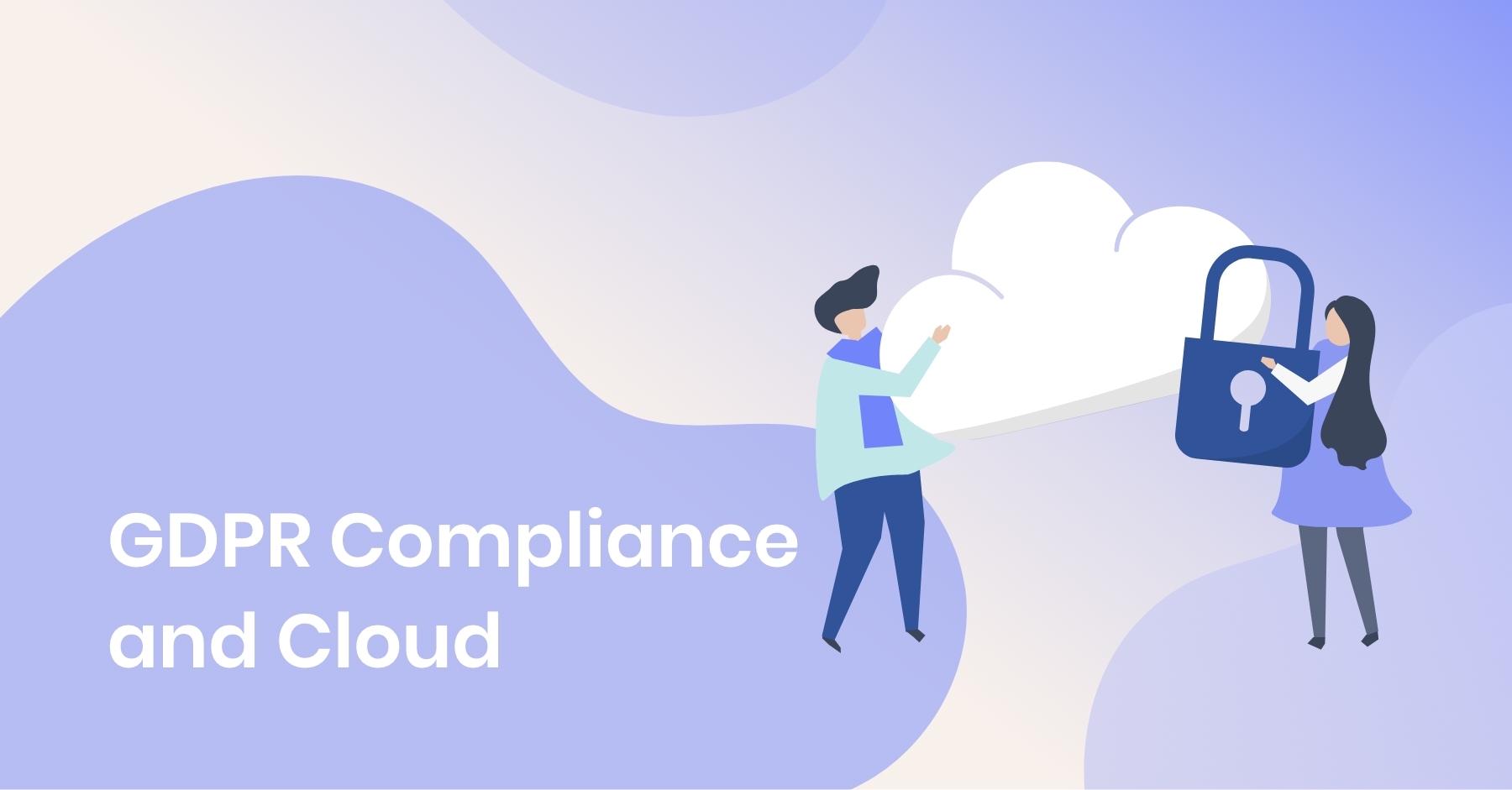
- Articles
- Data Mapping
- GDPR compliance in Cloud services
GDPR and the 'Cloud'
More businesses turn to cloud storage and services to manage their data. This makes it necessary to understand CDPR compliance in cloud services.
GDPR Compliance and Cloud Storage Solutions
- Transparency: GDPR requires data processing to be "lawful, fair, and transparent." That means you need to clearly inform users what data you're storing and how it will be used.
- Data Minimization: Only the data that is necessary for your operations should be collected and stored. Unneeded data should be deleted.
- Rights of Data Owners: GDPR gives data owners the right to access and control their personal data. They can request data modification, deletion, or even data portability from one service provider to another.
- Security Measures: Data must be encrypted and secure, whether it’s at rest or in transit. A breach notification system must be in place. So that data owners get alerted within 72 hours of a data breach discovery.
- Third-Party Vendors: It's not only you who need to be GDPR compliant. When using third-party cloud services, it's your responsibility to ensure their GDPR compliant. Often, this involves asking the vendor to provide evidence of compliance or looking for GDPR certification. (You can use DPA Service from .legal for this matter - read more here).
GDPR Cloud Compliance Best Practices
Map your data

Choose GDPR-Compliant Cloud Providers
Implement Strong Security Measures
User Access Control
Data Portability
Train Staff and Create Awareness
Regular Monitoring and Auditing
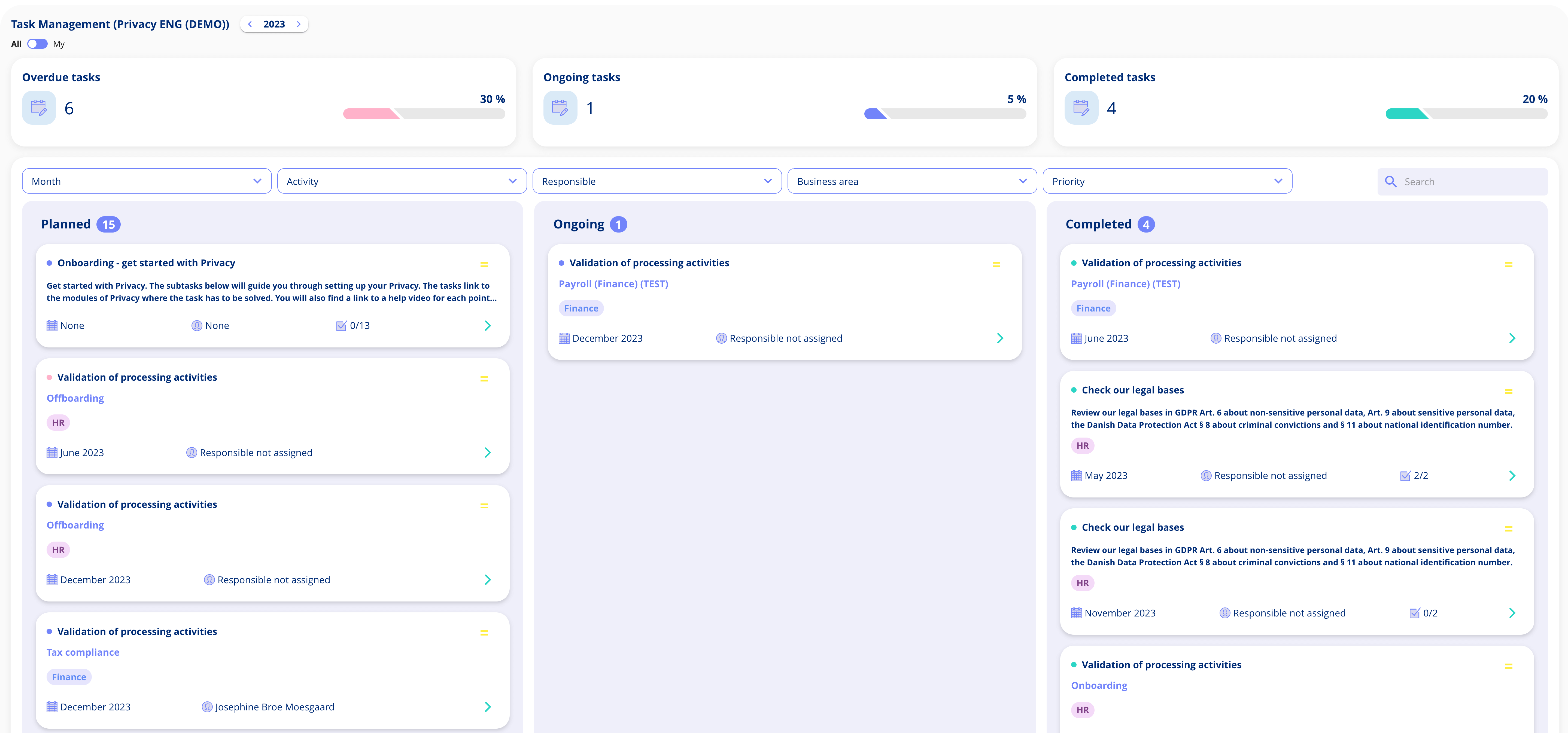
Legal Consultation
Which Cloud Services/Solutions Are GDPR Compliant?
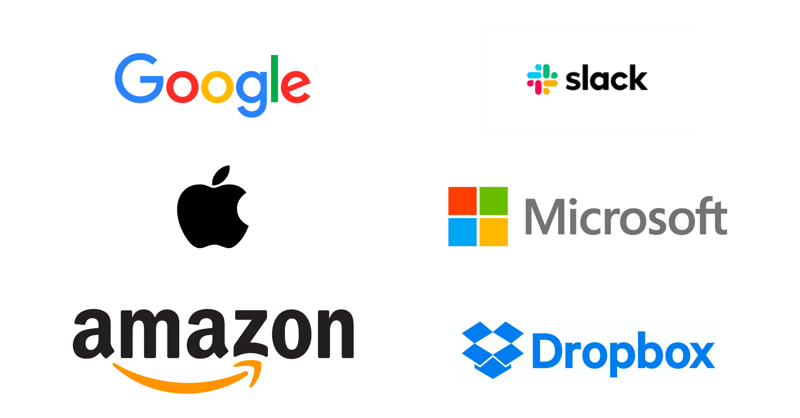
Conclusion
-
Choosing compliant cloud providers
In a nutshell, achieving GDPR compliance in the cloud is a team effort. It's about combining the strong features of your cloud service with diligent internal practices. If you do this well, you're not just ticking off a legal requirement; you're building a foundation of trust with your clients.
GDPR Compliance Software




.jpeg)

.jpg)
.jpg)



.jpg)

-1.png)



.jpeg)








.jpg)





Info
.legal A/S
hello@dotlegal.com
+45 7027 0127
VAT-no: DK40888888
Support
support@dotlegal.com
+45 7027 0127
Need help?
Let me help you get started

+45 7027 0127 and I'll get you started
.legal is not a law firm and is therefore not under the supervision of the Bar Council.




